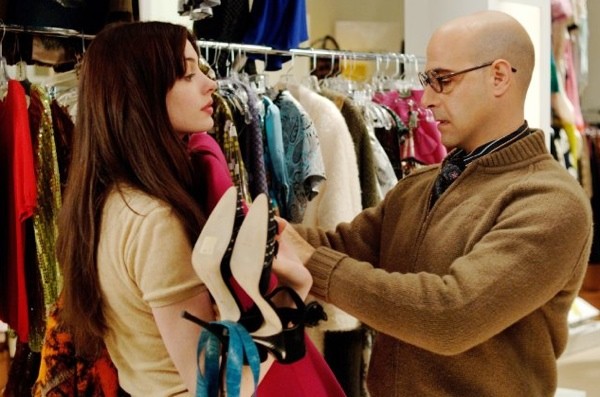
Over the last few years, we’ve all become well acquainted with sustainability and its many forms. For many of us, making small changes in our everyday lives like opting for reusable shopping bags, KeepCups and avoiding single-use plastics has become second nature. While these individual actions signify a societal shift in our mindset towards the environment, there is still a lot of work to be done on a grander, global scale.
The fashion industry is a massive part of this. According to the House of Commons Environment Audit Committee, the clothing production industry is the third biggest manufacturing industry globally, after the automotive and technology industries. Although it’s not as big, textile production contributes “more to climate change than international aviation and shipping combined”. Huge.
Our fashion choices are inevitably putting the planet at risk, but movements are being made behind the scenes by large companies that are making accessible fashion options more environmentally conscious. ‘Circular fashion’ is a semi-recent trend that has started popping up globally, ensuring environmentally friendly clothing isn’t just exclusive to secondhand or vintage options. The term was coined back in 2004, so it’s still fairly new, but it’s been spearheaded by a few major players in the global fashion space, and it’s garnered a lot of traction for its innovation.
What exactly is ‘Circular Fashion’?
The term ‘circular fashion‘ was first bought to the table by Anna Brismar, owner of the consultancy firm Green Strategy (one of the key consultants of the vintage shopping app Vestaire Collective, that you’ve probably seen a bunch online) and later on by H&M’s sustainability staff.
It’s defined as “clothes, shoes or accessories that are designed, sourced, produced and provided with the intention to be used and circulated responsibly and effectively in society for as long as possible in their most valuable form and hereafter return safely to the biosphere when no longer of human use.” In circular fashion, natural resources like energy are used “effectively during both production and consumption”, and renewable energy sources are prioritised to ensure minimal environmental damage.

Basically, it aims for one single product (like a jacket or pair of jeans) to live on for as long as possible at the highest quality, doing as little damage from the start of its life cycle in production till it can no longer be worn years after.
The key aims of circular fashion are to use the smallest amount of materials in the production stage to enhance the recyclability of products, eliminate non-recyclables, and recapture things like garment cut-offs and packaging to reuse. It also involves ensuring that products are reused for as long as possible and safely returning any unavoidable waste to nature.
How do you know if the clothes you’re buying are part of a ‘circular’ cycle?
So, it all sounds like a pretty great process, right? Since more retailers are opting for a circular production chain than ever before, you’re probably wondering how to actually know whether the clothes you’re buying are part of this process. For starters, over 90 major brands have signed the Global Fashion Agenda’s 2020 Circular Fashion System Commitment, which suggests that over the next few years, it’s a pretty safe bet that a lot of the stuff you’re buying will be ‘circular’. You can also suss out the Cradle2Cradle certification, which will assess whether products have been made in-line with the circular production method in mind. Brands are also becoming increasingly open about their approach to circular fashion.

Many companies have implemented their own unique ways to ensure their practices are sustainable over time as well. For example, H&M has stated that in their circular chain, their goal is to “use 100% renewable electricity throughout our operations” and “create a net positive impact on the climate by 2040”. They’re also committed to only source recycled or other sustainably sourced raw materials across all of their products by 2030 too.
Over the last few years, the brand has committed to sustainability in multiple other ways, by developing circularity projects like LOOOP, I:CO and more. They’ve also led the charge in exploring new, innovative materials in its clothing like cactus leaves, as well as Naia™, Renew cellulosic yarn made from recycled plastic fibres and certified wood.
Their new range of Autumn/Winter dresses and coats have just dropped, and not only are they gorgeous, but they are representative of this commitment to circular fashion and its benefits. Each dress has been made with 100% recyclable materials, and their silhouettes are inspired by the lacey femininity of the 30s and the versatility of style from that era. So not only will the dresses last you a long time, but they’ll also never really go out of style because of how timeless they look – which is the ultimate wardrobe dream, really.
While it might seem like there’s a long way to go, it’s incredible to see major players in the fashion space make commitments and action towards a future that’ll ultimately benefit the environment, the people working within the industry and consumers. It can be easy to sometimes reduce sustainability to a buzzword that’s received a lot of hype recently, but it’s a glimpse into how we’re working together to forge systems that’ll mean a brighter future for the planet.



